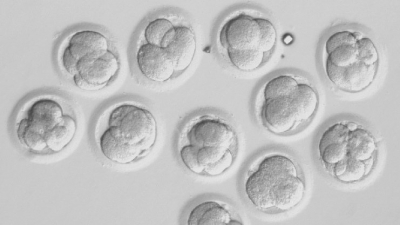
In 2013, Oregon Health and Science University researchers announced that they had successfully cloned human embryos and collected stem cells from them. As the first step towards using them in transplant medicine, the team also grew the cells into specialized heart and skin cells.
Stem cells are primitive, unspecialized cells. A 5-day-old human embryo, called a blastocyst, contains an inner cell mass composed of about 12 embryonic stem cells.
Adult human bodies contain relatively few stem cells, mostly concentrated in the bone marrow.
Stem cells’ value to researchers is that they can be induced into becoming specific tissue or organ cells.
The cloning procedure works by combining a patient’s body cell with an unfertilized egg cell from a donor.
The patient’s skin cell is inserted into the outer membrane of the egg cell and chemically induced to begin developing into a blastocyst.
In the blastocyst, embryonic cells divide, producing a mass of stem cells.
The stem cells can be induced to differentiate into different types of cells as needed (heart, nerve, muscle, etc.). These cells are genetically identical to the patient’s own cells (that is, they are cloned).
In the future, the cloned cells could be transplanted into the patient to replace damaged cells.
Picture Credit : Google




